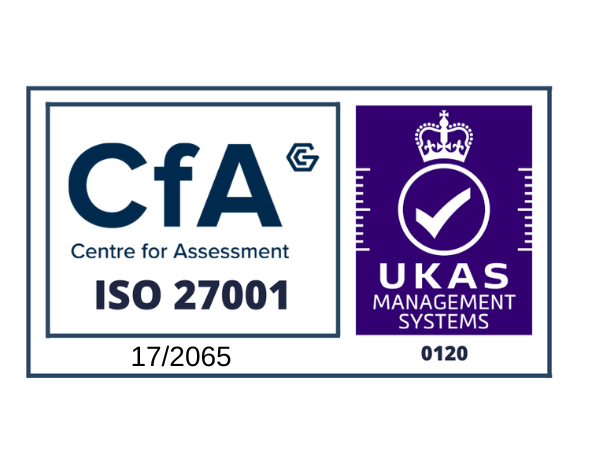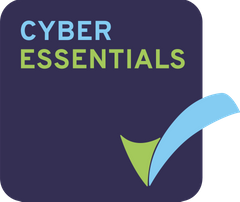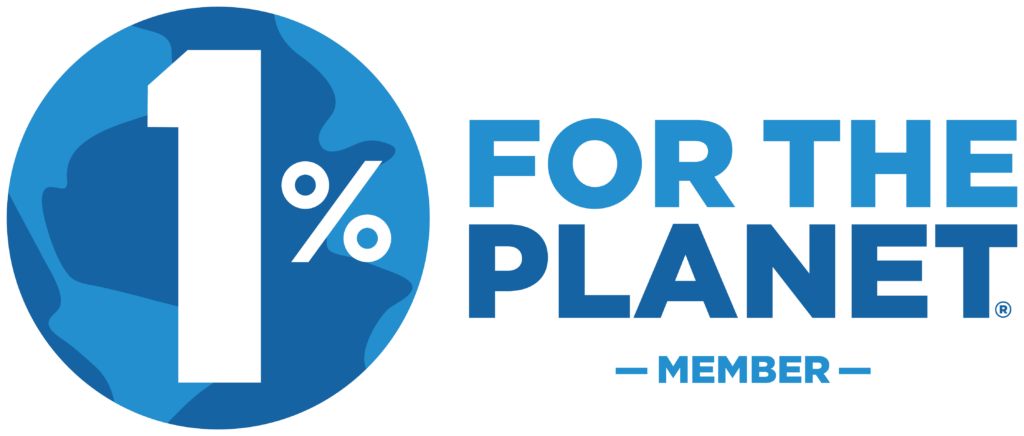Required Permissions: Administrator or Site Creator Access
Creating a site in PROJECTFUSION is very simple – you just need administrator rights.
This article will help you create a Site and choose settings that are applicable to your use case.
Creating a Private and non-social site
Private and non-social sites are the most secure and fit use cases such as M&A, where the multiple parties are to be kept completely separate.
- Locate and click “Sites” at the top of the data room
- From the drop-down click “Create Site”
- In the dialog box that appears simply give your site a “Name”, leave everything else the same and click OK.

^This is how your site settings should look.
These settings will create a site that can’t be searched for by existing members of other sites, and to become a member you have to be invited by the manager.
Creating a Public and non-social site
A Public site will let existing members of other sites to search, find and join as a member. You can control who you allow to join the site by ticking “Moderated site membership” – this means the manager has to accept the request before membership is granted.
- Locate and click “Sites” at the top of the data room
- From the drop-down click “Create Site”
- In the dialog box that appears give your site a “Name”
- Select Public as your Visibility option
- Optional – Tick “Moderated site membership”
- Click OK to proceed

^This is how your site settings should look.
Social Sites
Regardless of the Visibility settings you choose you have the option to specify whether or not the site should be “Social”. What does this mean?
When users are added to a site they are given one of the following roles: Consumer view only, Consumer PDF/Print, Consumer, Contributor, Collaborator or Manager.
Consumer users cannot modify site contents or settings. There are some site features which are turned off for Consumers when a site is not Social:

This is so that view-only users (i.e. Consumers) of non-Social sites cannot give away any information about their activities, or expose information about themselves, to other Consumer users of the site – in other words everything is kept anonymous! This is typically important for sites used for due diligence.
Where features remain for Consumers in non-Social sites, they are restricted in such a way that no information is broadcast to other site members of a Consumer level. For example, a Consumer user can still “favourite” a document, but that information is only visible to themselves.
The Social / non-Social status of a site can be changed by an administrator via More > Edit Site Details on the top right of the site page.
Please see here for more information on role permissions.
A recap of the site Visibility options
As mentioned before you have a choice of Public or Private.
Public – means anyone who has a login can see the site exists, and join it to see all content. Don’t use this setting unless you really want everyone to see it! This is however great for value adding data that you want to share with lots of different parties.
Public – ‘Moderated site membership’ – means anyone who has a login can see the site exists and request to join it. The site managers can then allow or reject access.
Private (default) – nobody knows a private site exists unless you invite them to it, and it won’t show up in searches.
If you are at all unsure please get in touch with our team and we can advise.










